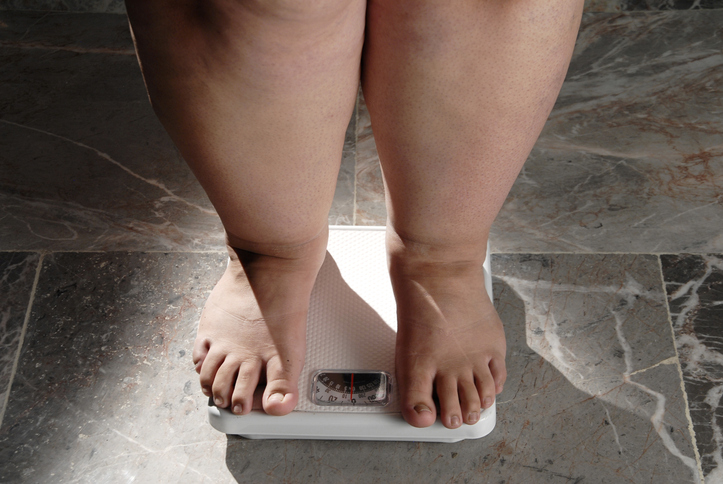
Holistic approaches to medicine seem to be increasing in popularity, and one topic of heightened interest has been meditation. According to recent data, meditation, such as the ones from a luxury rehab, may offer cardiovascular benefits.
What Is Meditation?
To meditate is “to engage in contemplation or reflection” or “to engage in mental exercise (such as concentration on one’s breathing or repetition of a mantra) for the purpose of reaching a heightened level of spiritual awareness.”
Meditation and techniques to employ vary, notes a 2014 review from JAMA Internal Medicine: “Meditative techniques are categorized as emphasizing mindfulness, concentration, and automatic self-transcendence. Popular techniques, such as transcendental meditation, emphasize the use of a mantra in such a way that it transcends one to an effortless state where focused attention is absent. Other popular techniques, such as mindfulness-based stress reduction, emphasize training in present-focused awareness or mindfulness.” Many types of meditation have their roots in Buddhism.
In 2017, the American Heart Association (AHA) issued a scientific statement, “Meditation and Cardiovascular Risk Reduction,” which reviewed the current available data on the subject.
What Do the Data Say?
According to the AHA review, “Studies of meditation to date suggest a possible, though not definitively established, benefit of meditation on cardiovascular risk reduction.” The review included meditation’s impact on a variety of factors: psychological, psychosocial, and physiological responses to stress; blood pressure; insulin resistance and metabolic syndrome; and primary and secondary prevention of cardiovascular disease (CVD).
Regarding stress response, the study authors acknowledged a lack of data on CVD patients. They cited two small studies—one with 60 private cardiology clinic patients, and the other with 59 stage-I hypertension patients—that indicated lower perceived stress and anger and improved psychological facets of and overall quality of life, respectively. The authors also called for larger, randomized trials to provide more concrete evidence in the future.
“Overall, many, though not all, studies have reported that meditation is associated with improved psychological and psychosocial indices,” the authors observed.
Data on meditation’s effects on blood pressure, insulin resistance, metabolic syndrome, and primary CVD prevention remain limited. The reviewers also considered how meditation could impact secondary CVD prevention. These studies tend to have modest sample sizes and limited follow-up, and often include another intervention along with meditation, such as yoga or diet.
“A systematic review and meta‐analysis of randomized, controlled trials of mind‐body practices, including meditation but other interventions as well, found that such interventions were associated with improvements in physical and mental quality of life, depression and anxiety, and systolic and diastolic blood pressure, but rated the overall quality of the studies as low,” the researchers said.
Another 2017 article discussing raj yoga meditation and coronary artery disease (CAD) suggested that meditation is associated with positive effects on factors that play a role in CAD, including anger:
“Many studies give evidence regarding anger-CAD association. Durel et al reported a positive association between trait anger and blood pressure (systolic and diastolic) and between trait anger and cardiovascular reactivity. In a prospective analysis, Kawachi et al reported a 3-fold increase in CAD risk among individuals with the greatest difficulty controlling their anger as compared with those with the least.”
The researchers for the study continued by noting that “psychosocial factors such as anger, hostility, depression or anxiety, isolation, and chronic life stress may contribute toward development and promotion of CAD, so prevention of CAD is possible by changing lifestyle,” they wrote. When a person performs adequate exercise, has healthy timely diet, practices frequent meditation, and maintains a balance between work and spiritual development by incorporating Raj Yoga into their lifestyle, CAD can be prevented.”
What’s the Verdict?
The current body of evidence on meditation and heart health needs to be more robust, so the AHA did not change their primary and secondary CVD prevention guidelines based on their review. However, they do not rule out meditation “as a reasonable adjunct to guideline-directed cardiovascular risk reduction […] with the understanding that the benefits of such intervention remain to be better established.”
The findings were in line with what the researchers expected.
“I don’t think any of the results can be considered definitive, and going into this we didn’t expect to find definitive data given the limited number of studies and the limited resources most investigators have to look at meditation,” said Dr. Glenn N. Levine, who chaired the group of experts who reviewed the data, to Healthline. “Overall, though, we were encouraged by what data and findings there were.”
A regular meditation practice could also be associated with other healthy lifestyle choices that could impact CVD risk, noted Dr. John Denninger, who directs research at the Benson-Henry Institute for Mind Body Medicine at Massachusetts General Hospital, said an a article.
“Not only can meditation improve how your heart functions, but a regular practice can enhance your outlook on life and motivate you to maintain many heart-healthy behaviors, like following a proper diet, getting adequate sleep, and keeping up regular exercise,” according to Dr. Denninger.







 © 2025 Mashup Media, LLC, a Formedics Property. All Rights Reserved.
© 2025 Mashup Media, LLC, a Formedics Property. All Rights Reserved.